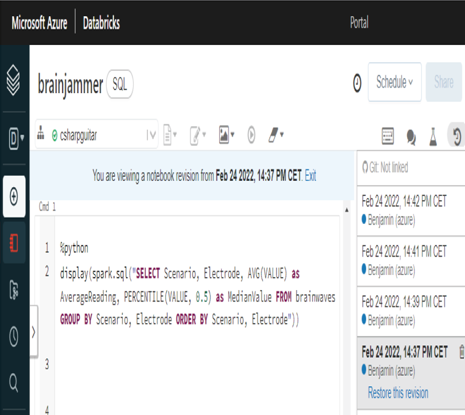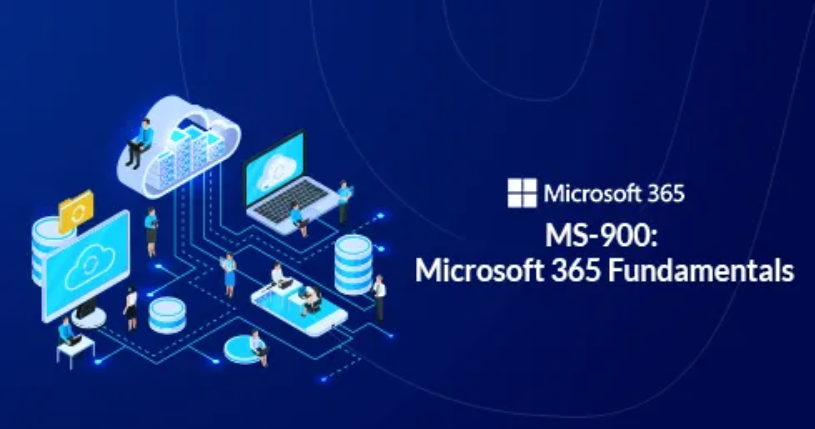NOTEBOOK DISTRIBUTION – Data Sources and Ingestion
If you want to share a notebook with someone who does not have access to the workspace in which it exists, the Export can help. Within the File drop‐down menu, with the notebook in focus, the Export option expands out with four options: DBC Archive, Source File, iPython Notebook, and HTML. There is an example of an exported Azure Databricks Notebook named brainjammer.html in the Chapter03 folder on GitHub at https://github.com/benperk/ADE. To import the notebook, click Workspace ➢ Users ➢ the drop‐down arrow next to the user who wants it ➢ and then Import. Once the notebook has been imported, you can execute and modify it as desired, assuming you have access to the data it references.
VERSION CONTROL
As you create the logic that runs within your notebook, the revision history is automatically stored. Figure 3.70 illustrates the output of the change history.

FIGUER 3.70 Azure Databricks Workspace User notebook revision history
You can navigate through the list and restore back to a given point of time. This is helpful if you work yourself into a bug that you cannot seem to resolve. Simply revert back to a revision that you know was working and start again.
DASHBOARDS
Azure Databricks has some nice dashboards that are useful for visualizing data. When working with a notebook, you might find that you have a lot of cells that extract data using different queries. Scrolling through them and looking at them one by one is not the best option. Instead, create a dashboard by expanding the View menu item and selecting + New Dashboard, which adds the query results from each cell into a single consumable unit, as shown in Figure 3.71.
You might find it is much easier to make assumptions about the data when looking at a chart versus looking at the numbers in columns. Using a dashboard is very helpful toward achieving greater insights into your data.
